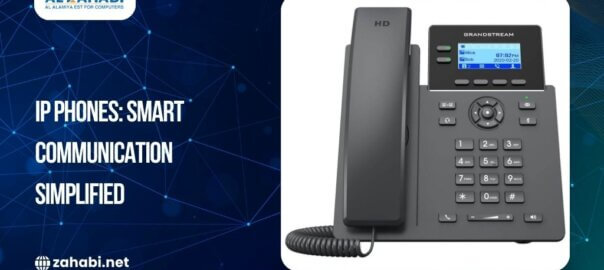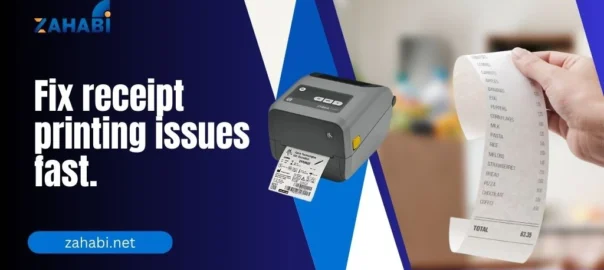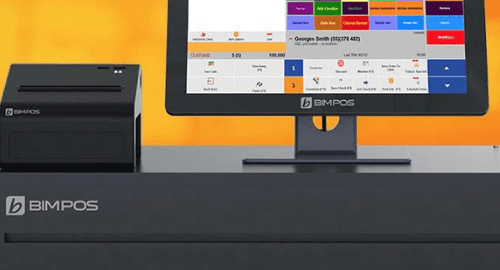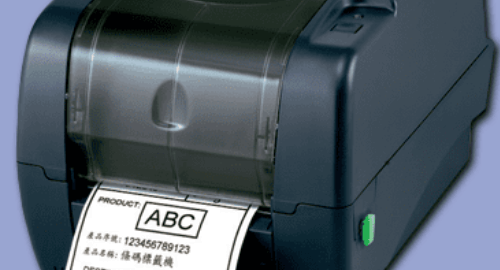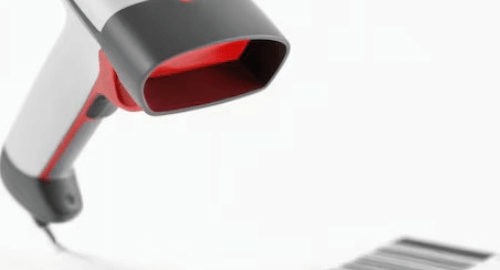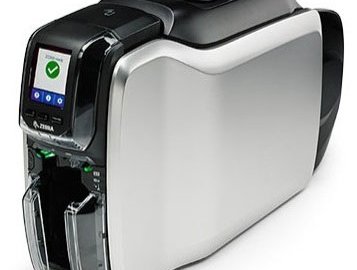
Introduction
The moment and location of a retail transaction are referred to as the “point of sale.” A POS system is a combination of software and hardware that simplifies retail transactions. These exchanges can take place in person or online. Businesses can receive and process customer payments using point-of-sale systems. Some systems may offer various features and capabilities for inventory management.
How Does a POS System Work?
A point-of-sale system directs customers through a series of steps that lead to a successful transaction. It normally works in the way that is outlined below:
- A customer chooses the item(s) to purchase.
In order to complete their payment, the customer either physically presents the items at the checkout kiosk in the store or views their digital shopping basket.
- The item is priced by the POS system (s).
The POS system for the company totals the price of the customer’s purchase, including any necessary tips and sales taxes. POS software that offers discount management options is frequently used by organizations. These enable businesses to monitor how customers use coupons and promotional codes.
- The client pays.
Customers often use credit cards, cash, or checks to make payments. The accompanying hardware, like cash drawers, card or check readers, and receipt printers, is therefore frequently included in POS systems. While there is no requirement for physical components in online retailers, their point-of-sale systems frequently have plugins or apps that enable customers to pay using credit cards, PayPal, or even digital currencies like Bitcoin.
- The transaction is finished via the POS system.
The computer program does calculations to ascertain how much the consumer owes and any specific change that could be necessary. Any remaining change is now manually returned by a cashier or the automated machine itself. Online buyers are sent to a post-purchase page that contains the necessary purchase and shipment information. Customers typically get a confirmation email.
- POS systems are capable of much more than just tracking sales.
The appropriate software can do a lot of things, like enable real-time inventory tracking and offer essential insight into customer behavior.
Benefits of Having a Point of Sale System
Improved Inventory Management: A POS system makes it easier to track the store’s inventory instantly and keep track of how many things the business possesses over time.
Payments are processed quickly: Using a point-of-sale system, the employee adds the purchases, and the system calculates the total amount on its own. The payment may be made online or by printing a receipt on-site.
Data Security: A company’s data security is crucial. With a POS system, the data is safer because it is protected from outside intrusion.
Better Staff Management: It may be challenging to optimize employee time in the absence of quantifiable data. Using a POS system may make it easier to deploy your staff and optimize their schedules.
Time-saving: Spending less time in the store will result from the implementation of a point of sale. You can reduce the number of chores by using several system features.
Conclusion
Point-of-sale systems can play a crucial role in assisting you in attaining your overall business objectives. For their particular demands and processes, a business must choose the best POS platform, whether they operate an offline location or an online store. When comparing prices, make sure you can respond to inquiries about your company’s requirements.


